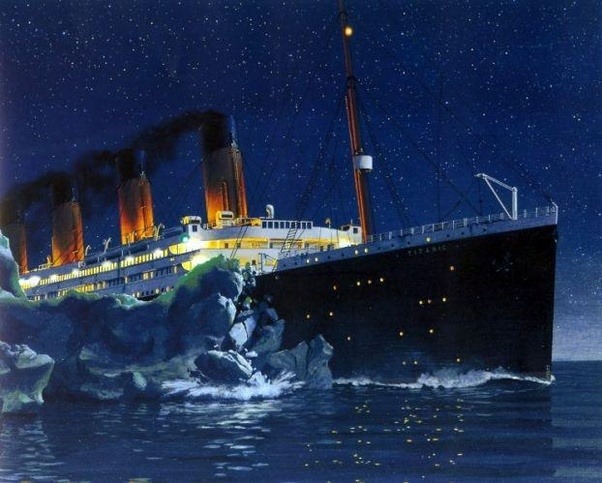Dispatches from Home – Ten Seconds.

What can happen in ten seconds? You could try to kiss your date in a bar and have a drink thrown on your face. Perhaps you could score a winning goal? Every ten seconds, 104,500 Coca-Colas are consumed worldwide. Every ten seconds, a honeybee beats its wings 2700 times. And in just ten quick seconds, on the night of April 14, 1912, the lives of an estimated 2229 passengers and crew onboard the RMS Titanic were irrevocably changed.
Historians state that it took ten seconds for the iceberg to bump and grind along the side of the 882ft Titanic, which was traveling at a speed of 22 knots (25 mph). A persistent tale is that the iceberg tore open a 300-foot gash in the side of the ship. If that had occurred, she would have gone down in less than 30 minutes. In reality, rivets were severed, and steel plates were bent, allowing water to gush into six watertight compartments; the Titanic was designed to stay afloat with only four flooded compartments.
Why that tale persists is another mystery. At the British inquiry in 1912, a naval architect for Harland & Wolff, Titanic’s builders, stated the ship was doomed due to the damaged compartments. He also noted that the damage areas were relatively small. Using survivor’s testimonies and modern technology, teams of experts have concluded that the damaged areas totaled less than 13 feet.
For all its opulence, its safety features, and its hype, the Titanic—along with its passengers and crew—was doomed by ten seconds of contact with a massive block of ice grinding along the side of its freshly painted hull.
Never has so little condemned so many.
